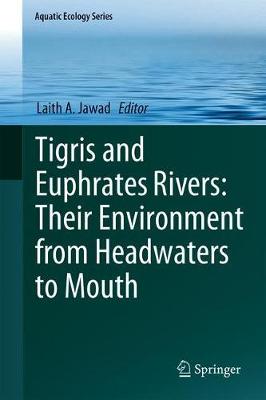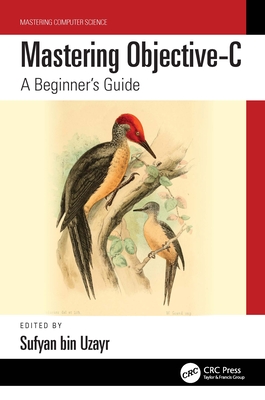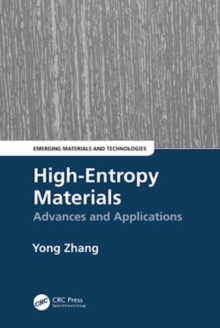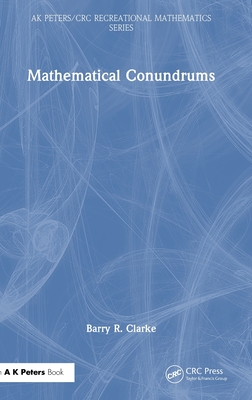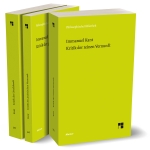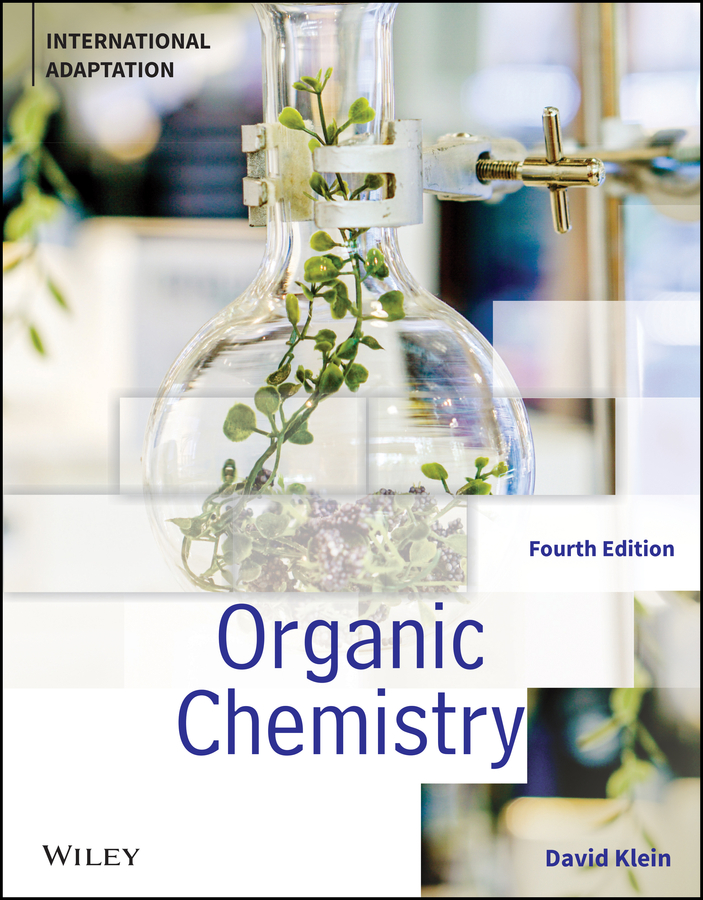图书简介
The system of the Tigris-Euphrates Rivers is one of the great river systems of southwestern Asia. It comprises the Tigris and Euphrates Rivers, which follow roughly parallel courses through the heart of the Middle East. The lower portion of the region that they run through is known as Mesopotamia, was one of the cradles of civilisation.There are several environmental factors that govern the nature of the two rivers and shape the landscape the two rivers running through. Geological events create rivers, climate monitor the water supply, the surrounding land influences the vegetation and the physical and chemical features of water. The Tigris-Euphrates system runs through the territory of four countries, Iraq, Iran, Turkey and Syria. Therefore, any scientific approach to the environment of these two rivers should include the natural history events in these countries. The book "Tigris and Euphrates Rivers: Their Environment from Headwaters to Mouth" will be divided into nine parts. These parts deal with the issues of the environment, the status of the flora and fauna, the abiotic aspects, ecology, hydrological regime of the two rivers, the biotic aspects. Water resources, stress of the environment, conservation issues. Since the book of Julian Rzoska "Euphrates and Tigris Mesopotamian Ecology and Destiny" in 1980, no book or major reference has been published that includes between its cover the facts and information that the present book will present. Therefore, the importance of the present book falls in stating the present status of the environment of the two rivers and the comparison of their environment between now and that of 37 years ago as given by J. Rzoska (1980). The recent studies showed that there are a large number of natural and political events that happened within the last three decades in the area of the Tigris-Euphrates river system that for sure have done a great change to the environment of the two rivers and consequently changing the biological and non-biological resources of the two rivers. This book will be a reference book to both Academic and students across the Middle East in different disciplines of knowledge to use in their researches on Tigris-Euphrates river system. The scholars interested in this area will use this book as a guide to compare this freshwater system with other areas in Asia and the world.
1. Introduction.- Part 1. Historical perspectives.- 2. The terrestrial non-Volant fauna of Upper Mesopotamia: ancient documents and present knowledge.- 3. Fishing gears and methods: a comparison of ancient Mesopotamia and other ancient world.- 4. Ichthyological characteristics available in the fish images existed in the art of the ancient Mesopotamia.- 5. The Effectiveness of Ancient Mesopotamian Medical Practices: The Example of š?šu-licorice.- Part 2. The abiotic aspects of the Tigris-Euphrates river system.- 6. Management of Water Resources Using Storage Reservoirs.- 7. Estimation of irrigated agricultural area and water consumption in Iraq Yukio.- 8. Forecasting Models for Total Dissolved Solids and Flow in the rivers in Southern of Iran: a Case Study.- 9. The nature of Tigris and Euphrates rivers flow: current status and future prospective.- 10. Streamflow Alteration Impacts with Particular Reference to the Lower Zab River, Tributary of the Tigris River.- 11. Ecohydrology in Iraq: challenges and its future pathways.- 12. Oil pollution in the Shatt Al-Arab River and its estuary, 1980-2015.- 13. Pesticides in the waters, sediments, and biota of Shatt Al-Arab River for the period 1980-2018.- 14. Surface Water Salinity of the Euphrates River, the Tigris River, and Shatt Al-Arab, Iraq.- 15. Renewable Energy for Water-Energy Nexus in Euphrates and Tigris River Basin: A literature review.- 16. Impacts of dams on aquatic biodiversity, fishes and their environment: problems that could be present in Iraq with recommendations.- 17. Water, Politics and Dams in the Mesopotamia basin of the Northern Middle East: How Turkey instrumentalises the Southeastern Anatolia Project for political, military and strategic.- 18. Dams and their impacts on fishes in Iran.-Part 3. The biotic aspects of the Tigris-Euphrates river system.- 19. Preliminary review of the aquatic biodiversity in Al-Kahla River, Messian Province, Iraq.- 20. Freshwater fish biodiversity in Iraq: importance, threats, status and conservation challenges.- 21. Effect of climate changes on the freshwater biodiversity in the Mesopotamian plain: recommendations for avoidance and plans for the future.- 22. River corridors as a refuge for freshwater biodiversity: basic information and recommendations to the policy makers for a possible implications in Iraq.- 23. Biodiversity of fungi in aquatic environment of Iraq.- 24. Potability of drinking water in Basra-Iraq.- 25. Catalogue of diatoms of Shatt Al-Arab River and the adjacent water systems.- 26. Algal studies in Iraqi inland waters. A review.- 27. The distribution of the Diatoms in Tigris-Euphrates Basin (Turkey).- 28. Plant Biodiversity in Shatt Al-Arab Estuary and Ecological Variations.- 29. Medicinal plants of Shatt al-Arab River adjacent area.- 30.The role of aquatic plants as a canopy in the inland waters: basic information for application in Iraq.- 31. The Zooplankton Fauna of the Turkish part of the Euphrates-Tigris River Basin.- 32. Kinds and distribution of Icthyoplankton in Shatt Al-Arab River.- 33. Rotifer diversity in Iranian waters: a review.- 34. Biodiversity of The Freshwater Amphipods in Iran.- 35. The freshwater mollusks of the Mesopotamian Plain.- 36. Freshwater Annelida of Iraq.-37. A critical checklist of the inland fishes native to the Euphrates and Tigris drainages.- 38. Fish fauna of Shatt al-Arab River, Basrah, Iraq: a more than quarter a century of changes.- 39. The common carp, Cyprinus carpio: effect on the environment and the indigenous fish species in Iraq.- 40. The good and the bad in releasing the grass carp Ctenopharyngodon idella in the freshwater system: a recommondations for the policy makers in Iraq.- 41. The Avifauna of Tigris and Euphrates Rivers Basin.- 42. The feasible approaches to assist migratory birds visiting the southern reaches of Mesopotamia.- 43. A proposal for establishing bird observatory centre in the south of Iraq.- 44.The potential role of waterbirds as a vector in dispersing invertebrates and plants in the south of Iraq.- 45. The wild mammals of Tigris and Euphrates Rivers basin.- 46. The Amphibians and Reptiles of Euphrates and Tigris Basin.- 47. Preliminary pictorial guide to the herpetofauna of Tigris and Euphrates Rivers basin.- 48. Policy guidance for sustainable aquaculture in the inland waters of Iraq.- 49. How possible to use the desert area in Iraq for aquaculture industry: basic facts and recommondations.- 50. Aquaculture Industry in Iraq: past, present and future perspectives.- 51. Towards an improved tilapia farming in Iraq: recommondations for future application.- 52. Information and recommendations of aquaculture stress and its source in hatcheries the Iraqi aquaculture industry investors.- 53. Alien and invasive freshwater fish species in the Tigris-Euphrates River System.-Part 4. Water resources.- 54. The Ecology and Modelling of the Freshwater Ecosystems in Iran.- 55. Enhancing rural women’s participation in Fisheries in Iraq.- 56. The impact of destructive fishing gear on the fish biodiversity in the inland waters of Iraq.- 57. Evaluating variations in fisheries by means of fishers’ information: suggested methodology to improve small-scale fisheries in rivers in Iraq.- 58. A possibility to apply a traditional fisheries enforcement program in the inland waters of Iraq.- 59. Market-resources relations and fish seller livelihood as seen in inland waters of Iraq.- 60. The potential impact of injuries and deformities upon aquatic production: Case of Iraq.- 61. The impact of some social taboos on fisheries in Iraq.- 62. Inland water fishes and fisheries in Iran.- 63. The possibility of introducing fisheries education in Iraq.- 64. The Marine and Diadromous Fisheries of Iraq.-Part 5. Stress of the environment of the two rivers.- 65. Fish deformities in the freshwater fishes of Iraq: a short review and a study case on the Indian catfish Heteropneustes fossilis.- 66. The phenomenon of fluctuating asymmetry: as fish welfare indicator represented by case study from the freshwater fishes of Iraq.- 67. The studies on sediments pollution by different types of metals in Turkey.- 68. Macroplastic and microsplastic in the freshwater environment of southern Iraq: evidences obtained from freshwater fish species.- 69. Heavy metals in freshwater invertebrates of Iran: A review on the bioaccumulation and effects.- 70. Fish Parasites of Tigris and Euphrates River Systems.- 71. The parasites of fishes of the Euphrates and Tigris Rivers: Iraq and Turkey regions.- 72. Ornamental fishes: a looming danger for inland fish diversity of Iraq.-Part 6. The health of the human community inhabiting freshwater zones.- 73. Aquatic snails as a vector of diseases to the human in Iran.- 74. Death by drowning in rivers in Iraq.- 75. The dangerous catfish species in the freshwater system of Iraq: first time reports on a cases of envenomation.- 76. Fish species of the order Cypriniformes as a source of ichthyootoxin and ichthyogallotoxin in Iraq: cases reports.- 77. First reports on cases of hallucinatory Fish Poisoning (Ichthyoallyeinotoxism) and scombrotoxic fish poisoning in Iraq.-Part 7. Conservation.- 78. Freshwater Management and Conservation in Iran: Past, Present, and Future.- 79. The need of biodiversity conservation strategies in Iraq: the state of protected areas.- 80. Benthic macroinvertebrates of the Tigris and Euphrates Rivers in Turkey.- 81. Freshwater ecosystem conservation in Iraq: recommendations for management.- 82. Utilising phenotypic difference to regulate protection value: a scheme for application of a novel approach to the inland water of Iraq.- 83. Hatchery-reared fish stocks released into the wild: a conservation problem as seen in a case study from Iraq.-Part 8. Social perspectives.- 84. Is the Glass Half Empty or Half Full? An Appraisal of the Four Decades of Turkey’s Southeastern Anatolia Project (GAP).- Part 9. Food security.- 85. How possible to build rice-fish farming in Iraq to support food security plan: positive and the negative aspects.- 86. The importance of non-commercial and small sized fish species: a proposal for an additional revenue to Iraq.- 87. Socio-cultural aspects influence food consumption habits in Iraq: management of food security.- A preliminary investigation of determinants of food security in rural areas of Basrah Province, Iraq.
Trade Policy 买家须知
- 关于产品:
- ● 正版保障:本网站隶属于中国国际图书贸易集团公司,确保所有图书都是100%正版。
- ● 环保纸张:进口图书大多使用的都是环保轻型张,颜色偏黄,重量比较轻。
- ● 毛边版:即书翻页的地方,故意做成了参差不齐的样子,一般为精装版,更具收藏价值。
关于退换货:- 由于预订产品的特殊性,采购订单正式发订后,买方不得无故取消全部或部分产品的订购。
- 由于进口图书的特殊性,发生以下情况的,请直接拒收货物,由快递返回:
- ● 外包装破损/发错货/少发货/图书外观破损/图书配件不全(例如:光盘等)
并请在工作日通过电话400-008-1110联系我们。
- 签收后,如发生以下情况,请在签收后的5个工作日内联系客服办理退换货:
- ● 缺页/错页/错印/脱线
关于发货时间:- 一般情况下:
- ●【现货】 下单后48小时内由北京(库房)发出快递。
- ●【预订】【预售】下单后国外发货,到货时间预计5-8周左右,店铺默认中通快递,如需顺丰快递邮费到付。
- ● 需要开具发票的客户,发货时间可能在上述基础上再延后1-2个工作日(紧急发票需求,请联系010-68433105/3213);
- ● 如遇其他特殊原因,对发货时间有影响的,我们会第一时间在网站公告,敬请留意。
关于到货时间:- 由于进口图书入境入库后,都是委托第三方快递发货,所以我们只能保证在规定时间内发出,但无法为您保证确切的到货时间。
- ● 主要城市一般2-4天
- ● 偏远地区一般4-7天
关于接听咨询电话的时间:- 010-68433105/3213正常接听咨询电话的时间为:周一至周五上午8:30~下午5:00,周六、日及法定节假日休息,将无法接听来电,敬请谅解。
- 其它时间您也可以通过邮件联系我们:customer@readgo.cn,工作日会优先处理。
关于快递:- ● 已付款订单:主要由中通、宅急送负责派送,订单进度查询请拨打010-68433105/3213。
本书暂无推荐
本书暂无推荐
